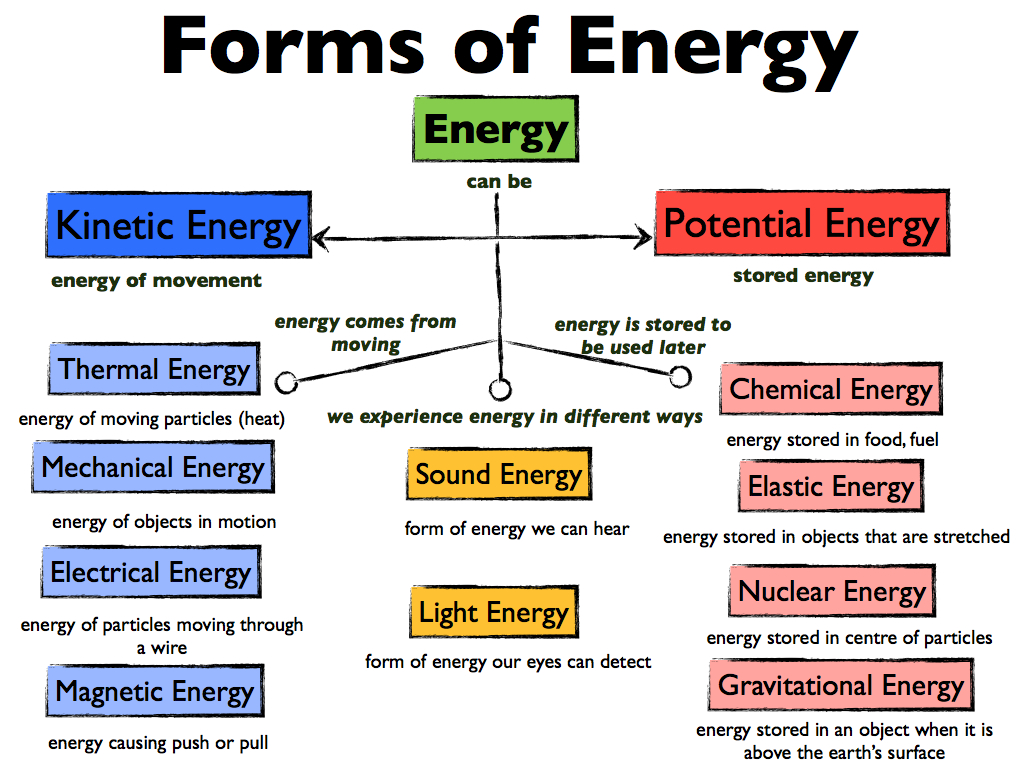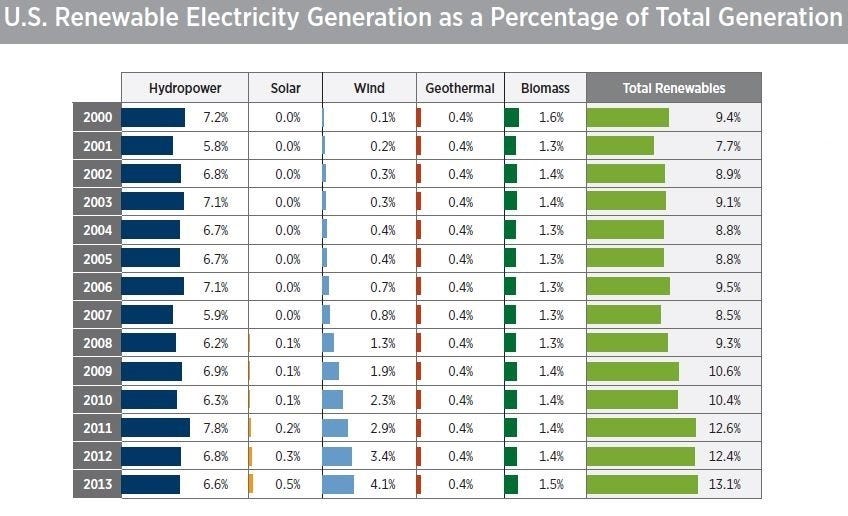"What is fracking? Why is it bad for the environment?" - James
Fracking, or hydraulic fracturing, is the process of extracting trapped natural gas from the geosphere by cracking through the layers of rock that trap the gas in. This process has been one of the most controversial methods of resource gathering in modern times. Reports of flammable water, earthquakes and dangerous chemical spills have brought fracking to the top of the hippie list.
 |
| It might not be the most accurate representation, but I just couldn't help myself. |
Natural gas is a nonrenewable resource made of mostly methane gas, which is very combustible and used to boil water and turn turbine generators. Over the course of billions of years, dead organisms get pushed down into the crust of the earth, where they decompose further under the intense pressure and heat. The volatile materials (elements that prefer to be a gas instead of a solid or liquid) will escape the decomposing animals, while the non-volatile materials will turn into coal or oil.
 |
| These methane have begun to be released upon the melting of the permafrost in the arctic. |
However, most natural gas is trapped underneath the rock, where the only way to release it from it's eternal prision is to break the rock that holds it captive. The way they do that is by drilling a great big hole 2-3 km down and filling it with extremely high pressure water. In that water is a bunch of tiny ceramic balls and over 50 chemicals (that we know of). The chemicals range from anti-bacterials to chemicals that prevent sinkholes to lubricants to anti-corrosive agents. None are particularly harmful, but I don't think I would drink water from a well that was filled with them. The ceramic beads are a special group. These completely unreactive balls (which contain the same material as hip replacements) get in between the rocks and hold them open to give the gas time to escape. All in all, the process is not overly complicated. Drill a hole (easier said than done), fill the hole with high pressure water (and chemicals and balls), pump water (and chemicals) out of the hole, collect natural gas.
 |
| The fracking companies make it look so pleasant for the environment. |
Now that we have a basic understanding of fracking, let's tear it apart and look at the dangers behind the curtain. Fracking is great because it's a closed system. Chemicals and water go in, chemicals and water come out. This is great. Except it's a lie. Fracking is not a closed system. Responsible fracking companies will be thorough in removing all fluids. Others not so much. Responsible fracking companies will be careful to limit their pressure to prevent cracks from the hydrofrack zone (see left) from getting into the groundwater aquifer (which is connected to hundreds of personal drinking wells). But many mistakes are made. Cracks can often link to the aquifer, contaminating the groundwater. Even worse, despite making conscious efforts to prevent groundwater contamination, the freed up natural gas can diffuse through the now open rock formations and enter the groundwater and, through rigorous testing, it has been found that wells in fracking zones contain six times more methane that natural levels found outside of fracking zones. All of this methane in the water has been found to cause increase flammability of water (yeah, I'll say that again... flammability of water... Jesus...), but it is not harmful. Drinking methane doped water is not harmful, and is even found in many regions of the world without fracking due to methane migration.
However, this revelation of increases in methane concentration in groundwater shows that fracking is not a closed system. Fracking opens up the shale layer of the crust to release natural gas for collection and energy production, but also releases an unknown amount of methane and CO2 into the atmosphere. While the methane leaks won't be enough to blow up your house in a fracking region, it's additional burden on the atmosphere is completely overlooked.
 |
| What is this sorcery?! |
Methane (CH4) is a very common greenhouse gas that is often overlooked in the battle of climate change. Released by livestock and by natural gas leaks, methane is significantly more dangerous than CO2, trapping 20-25 time more heat. However, it doesn't last as long as CO2 and is not released in as high a quantity, so it often goes unmentioned on Capital Hill. However, leaks from fracking release about 50% more methane than naturally occurring reservoirs and more and more operations mean more and more sites where methane leaks. According to a 2012 article, methane contributes 44% of all greenhouse gas emissions in the US, with 17% of that being from fracking operations.
Additionally, fracking has been thought to be the culprit of many small earthquakes, though the cause of larger earthquakes away from fault lines is unsure. This would be due to the act of forcing open underground rock, which would eventually crack under the pressure of the rock above it, crashing back down and allowing further shifting. However, the extent of the damage that could be caused by this is unknown.
While the act of fracking does have potential into reaching untapped regions of fossil fuels and, in optimal circumstances, would not overly disrupt the goings on of normal lives, I for one still remain skeptical. Fracking is clearly a band-aid solution, meant to stave off the need to invest in renewable energy sources and giving the oil and gas companies one more trick to pull in the profits until their doors are shut for good. While the issues presented in this article are considered minimal in the grand scheme of things remember that the natural gas extracted in this process is eventually burned, releasing even more greenhouse gases into the air. Many people might defend hydraulic fracking, saying that the evidence put forth that it is bad for the environment is thin, but remember that they are talking about the few extra drops of blood being added to a massacre called greenhouse emissions and climate change. Don't lose sight of the big picture, fracking is just adding to the problem.




















